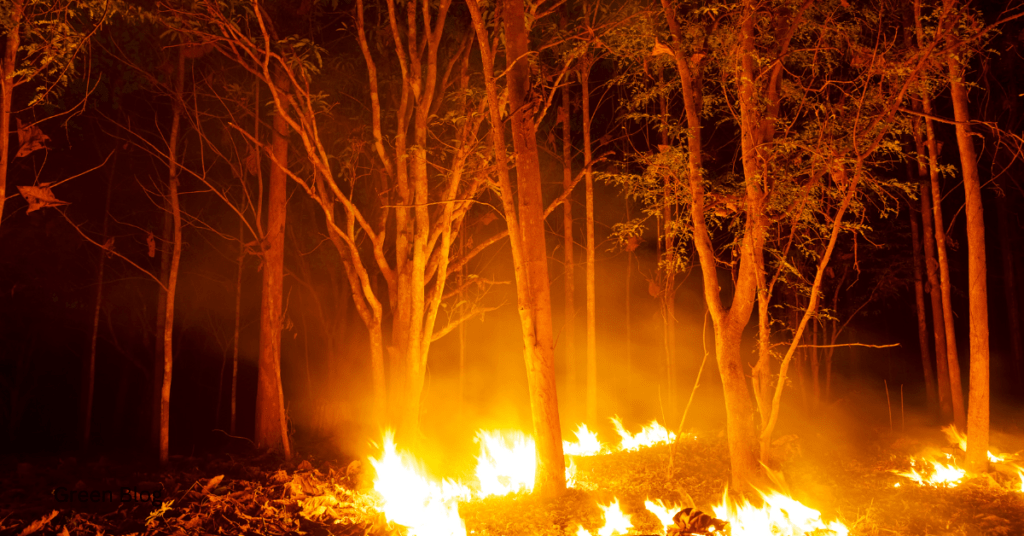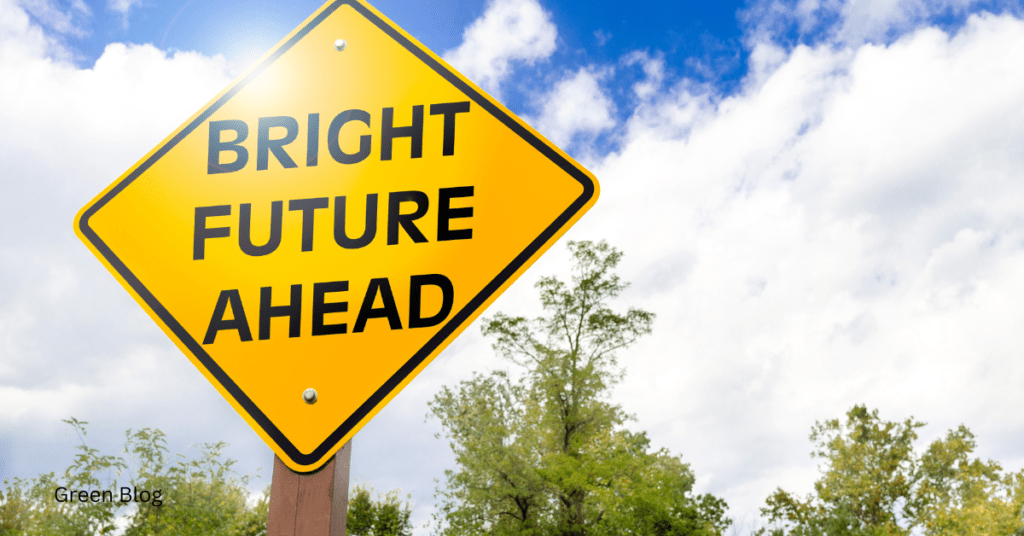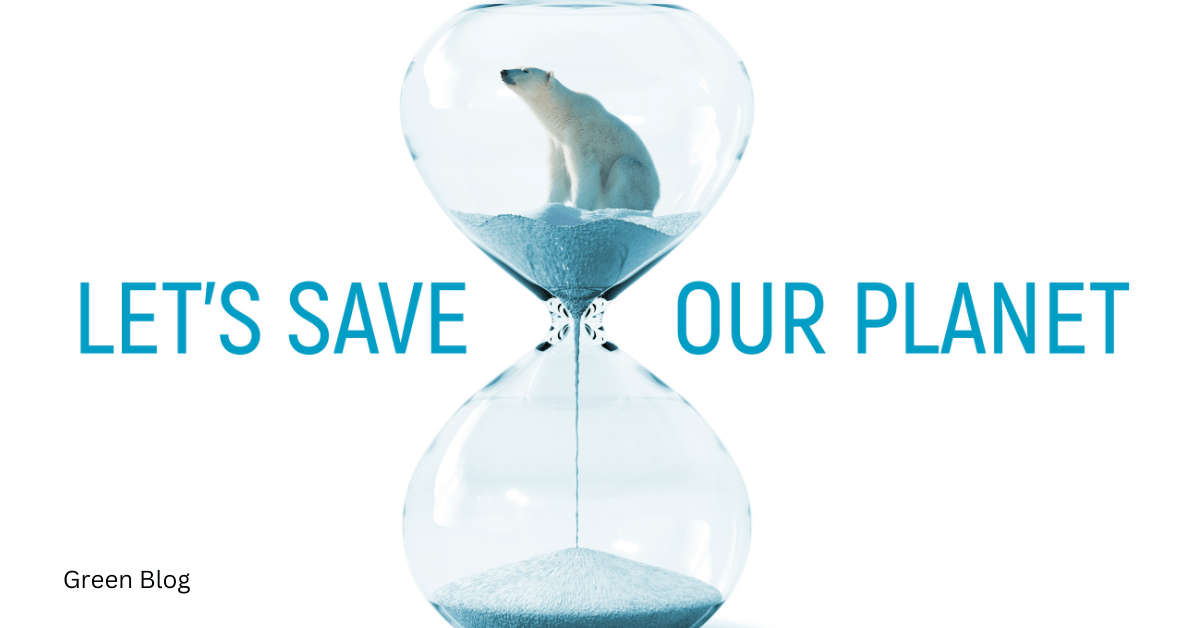I. Introduction
The future of our planet is at a critical juncture. The choices we make today will determine the world we live in tomorrow. As we continue to face the challenges of climate change, environmental degradation, and social inequality, it is clear that we need to rethink our relationship with the natural world and with each other. The future we choose will be shaped by our collective actions, and it is up to us to decide what kind of world we want to create.
Preserving our planet is not just an environmental issue, but a human rights issue. The health of our planet is directly tied to the health and well-being of its inhabitants. The consequences of inaction will be felt by all, but it is the most vulnerable among us who will suffer the most. It is our responsibility to act, and to act now.
In this blog post, we will explore the current state of our planet, the consequences of inaction, and the future we can choose to create. We will discuss the steps we can take as individuals, communities, and societies to preserve our planet and create a sustainable future for all. We will also highlight the importance of collective action and the role that each of us plays in shaping the future we want.
II. The Current State of Our Planet
The state of our planet is dire. Climate change, caused by human activities such as burning fossil fuels and deforestation, is having a profound impact on the environment. Rising temperatures are melting polar ice caps, causing sea levels to rise, and leading to more frequent and intense natural disasters such as hurricanes, wildfires, and droughts. The consequences of climate change are far-reaching, affecting not only the natural world but also human health, economic stability, and social justice.
In addition to climate change, our planet is facing numerous other environmental challenges. Pollution, caused by the release of harmful chemicals and plastics into the environment, is contaminating our air, water, and soil. Deforestation and land degradation are leading to the loss of biodiversity, as habitats are destroyed and species are pushed to the brink of extinction. The consequences of these environmental challenges are stark, with the World Wildlife Fund estimating that up to 1 million species are currently facing extinction.
The statistics are alarming:
- The past decade was the warmest on record, with 2020 being the hottest year globally.
- The world’s oceans are filled with over 150 million tons of plastic, harming marine life and contaminating the food chain.
- The Amazon rainforest, often referred to as the “lungs of the Earth,” has lost over 20% of its forest cover in the past few decades.
The current state of our planet is a call to action. It is clear that we cannot continue down this path and expect a different result. We must take immediate and collective action to address these environmental challenges and preserve our planet for future generations.
Please let me know if you would like me to proceed to the next section (The Consequences of Inaction) or if you would like me to revise this section.
III. The Consequences of Inaction
If we fail to take action to preserve our planet, the consequences will be severe and far-reaching. Climate change, pollution, and environmental degradation will continue to worsen, leading to devastating impacts on our health, economy, and society.
Some of the potential consequences of inaction include:
- More frequent and intense natural disasters, such as hurricanes, wildfires, and droughts, leading to loss of life, property damage, and displacement of people.
- Rising sea levels, flooding coastal cities and communities, and contaminating freshwater sources.
- Loss of biodiversity, leading to the extinction of species and the collapse of ecosystems.
- Decreased air and water quality, leading to respiratory problems, cancer, and other health issues.
- Economic instability, as the costs of climate change and environmental degradation mount, leading to food and water scarcity, and mass migration.
- Social injustice, as the poor and vulnerable are disproportionately affected by environmental degradation and climate change.

The consequences of inaction will not only affect the environment, but also have significant social and economic implications. The World Bank estimates that climate change could push over 100 million people into poverty by 2050. The economic costs of climate change are already being felt, with estimated annual losses of over $1 trillion globally.
The consequences of inaction are not just a future possibility, but a present reality. We are already seeing the effects of climate change and environmental degradation in our daily lives, from more frequent natural disasters to declining air and water quality.
IV. The Future We Choose
We have a choice to make. We can continue down the path of environmental degradation and climate change, or we can choose a different future. A future where our planet is thriving, where our communities are resilient, and where our children can grow up in a healthy and sustainable world.

This future is possible, but it requires immediate and collective action. We must transition away from fossil fuels and towards renewable energy sources, like solar and wind power. We must adopt sustainable practices, like reducing waste and conserving water. We must protect and restore natural habitats, like forests and wetlands, which are crucial for maintaining biodiversity.
We must also recognize the inherent value of nature and the importance of preserving it for future generations. This means making difficult choices, like prioritizing the health of our planet over economic growth and consumption. It means recognizing the rights of indigenous communities to their lands and resources. And it means taking responsibility for our actions and their impact on the environment.
The future we choose is not just a environmental issue, but a social and economic one. It’s a future where everyone has access to clean air and water, where communities are resilient to climate change, and where the economy is driven by sustainability and equity.
V. Individual Actions, Collective Impact
The future we choose is not just a distant dream, but a reality that can be achieved through individual actions and collective impact. We all have a role to play in preserving our planet, and every small action counts.
From making conscious choices in our daily lives, like using public transport, reducing plastic use, and eating plant-based, to advocating for policy changes and supporting organizations working towards environmental conservation, every action adds up.
We can also make a difference by educating ourselves and others about environmental issues, supporting sustainable businesses and practices, and demanding accountability from our leaders.
The power of collective action is evident in the growing global movement for climate justice and environmental conservation. From grassroots activism to international agreements, people are coming together to demand change and take action.
Individual actions may seem small, but collectively, they can lead to significant positive change. We can create a ripple effect of sustainability, inspiring others to take action and driving systemic change.
By working together and supporting each other, we can create a future where our planet is thriving, and where all people can live in harmony with nature.
VI. Conclusion
The future of our planet is at a critical juncture. We have a choice to make: continue down the path of environmental degradation and climate change, or choose a different future. A future where our planet is thriving, where our communities are resilient, and where our children can grow up in a healthy and sustainable world.
We have the knowledge, the technology, and the collective power to create this future. It requires immediate and collective action, but the consequences of inaction are too great to ignore.
We must work together, as individuals, communities, organizations, and governments, to prioritize the health of our planet and the well-being of all people. We must recognize the inherent value of nature and the importance of preserving it for future generations.
The future we choose is not just a environmental issue, but a social and economic one. It’s a future where everyone has access to clean air and water, where communities are resilient to climate change, and where the economy is driven by sustainability and equity.
Let us choose a future where our planet is thriving, and where all people can live in harmony with nature. Let us take action, collectively and individually, to preserve our planet and create a better future for all.
Related Content:
- Preserving our planet for future generations
- Environmental conservation and sustainability tips
- Individual actions for collective environmental impact
- Climate change mitigation and adaptation strategies
- Sustainable living and environmental stewardship practices
Explore Micro2media:
- Navigating the Tides: The Impact of Ocean Warming on Subtropical Seagrass Meadows
- Planet on the Brink: UN Report Warns of Record-Breaking Heat and Climate Chaos
- Move climate action forward faster together with 2024 Climate Ambition Accelerator
- Cultivating Abundance: Scaling Up Your Urban Farm for Success
- Unveiling the Climate Crisis: Understanding the Urgency and Complexity of Climate Change
- Unprecedented Ocean Heating Raises Alarming Concerns: A Glimpse into a World 3.0°C Warmer
- Unprecedented Ocean Heating and Climate Shifts: A Call to Action for Eco-Friendly Sustainability
